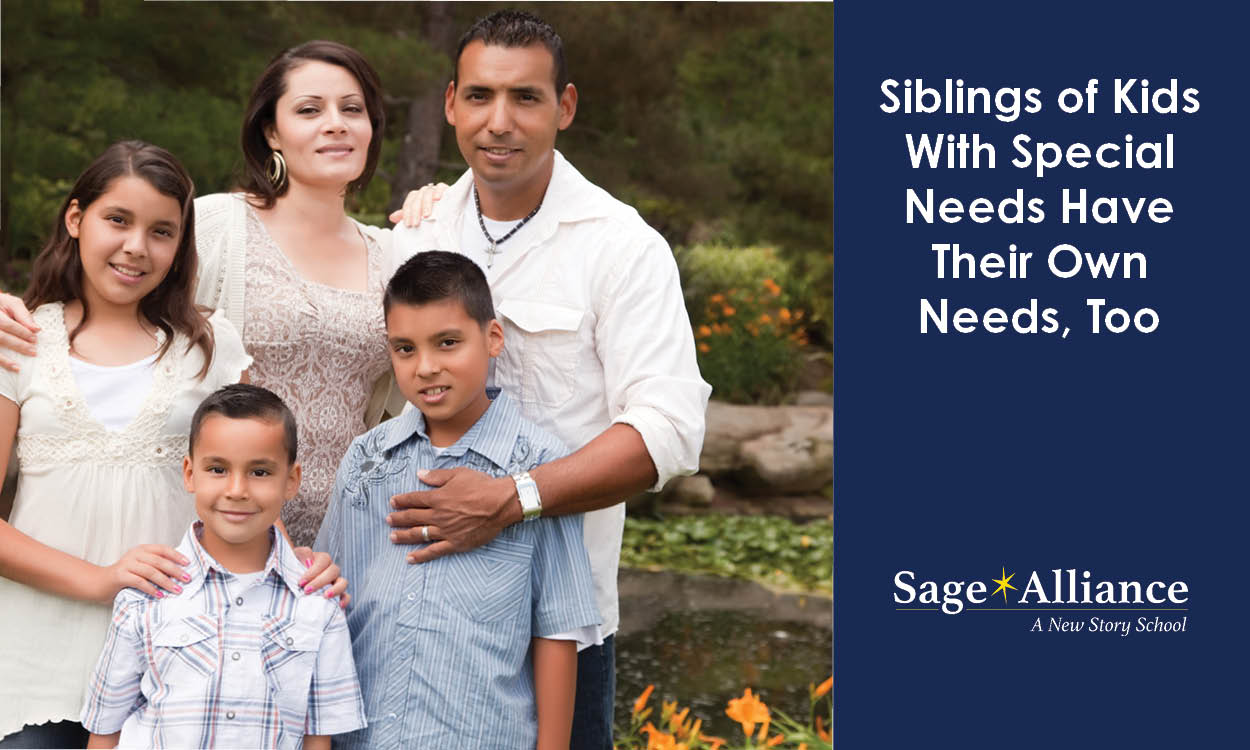5 Tips for Dealing with Your Child’s Emotional Outbursts
Posted: July 18, 2017 | Written By: Holly Ference | Category:

Learning how to cope with emotions is a complex lesson for a parent to teach their child. Parents can feel powerless at the hands of a child or teen whose emotional outbursts wear them out. Thankfully, there are child psychologists studying this kind of behavior every day, and they’ve established recommended tactics for dealing with an angry episode.
The reason many kids throw tantrums or have more serious outbursts is due to an inability to communicate their feelings. Kids who lash out are frustrated at a situation but cannot communicate to their caretaker why they feel the way they feel. Gauging the level of severity can be the first line of defense—small nonviolent tantrums should be ignored completely, according to the Child Mind Institute. Even telling your child to stop is not recommended.
Here are ways caregivers can react during emotional outbursts:
-
Remain calm. Listen to what your child is saying and discern the level of severity. A child can become a danger to themselves or others if the situation is elevated. Enter the situation calmly to convey to your child how they should be engaging. This models emotional control, which is a technique that child is struggling with. Do not fight fire with fire.
-
Don’t give into their request. Giving your child what they want after a meltdown is a mistake parents make for the sole reason that it ends the tantrum. Between the ages of two and eight, tantrums can occur often, but a time-out tactic can be effective. For older kids and teens, you can still present them with a space to think through the situation and present them with a set of choices to make. Ask them how much time they need to gather themselves, or prompt them to come to another way to approach the triggering problem.
-
Punish bad behavior, not anger. Consequences for cursing or breaking something are examples of behavior that could be punished. Set expectations for what type of behavior is tolerated and what boils down to being disrespectful. Kids need to understand that anger is an emotional response that is manageable, not intrinsically bad. Allow them to have a space where anger can pass safely.
-
Reward positive expressions of anger. Once your child begins to calm down or has tired themselves out enough, point out the ways they were able to do that. Encourage that type of behavior and compliment the way they were able to work out their problem.
-
Encourage problem-solving skills. This is especially important during neutral events with transferable lessons. When you find yourself in a triggering situation, like starting homework or cleaning their room, help them practice the healthy way to approach it. Going into the situation with emotional support and help from a caregiver can empower your child to take on the task ahead.
If your child is experiencing a pattern of unmanageable angry outbursts, there may be an underlying problem. Seeking treatment can alleviate the stress you and your child are under. Possible reasons for frequent emotional outbursts include:
ADHD: Kids often become frustrated when needing to do menial tasks.
Anxiety: Anxious children may not understand why they feel the way they do when under pressure they cannot handle. This leads to them lashing out, often at those who care most about them.
Undiagnosed learning disability: If work is too difficult for your child as they watch classmates complete assignments with ease, their confidence can take a hit.
Sensory processing issues: Things that can seem neutral to you may be overwhelming to your child. Too much noise, crowds, and itchy clothes can make them anxious and overwhelmed.
Autism: When faced with unexpected change, children on the spectrum can be prone to meltdowns. Sensory processing issues are also associated with many children in various points on the spectrum.
Want to be notified of new articles and resources from Sage Alliance? Click here to submit your email and opt into our newsletter.









